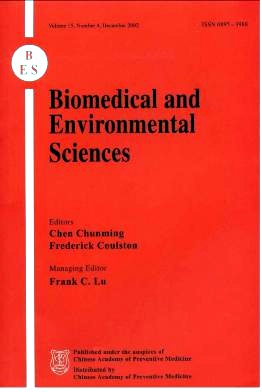Effects of Anti-Caries Antibodies on Lactobacillus GG in Its Fermentation and Storage Periods
-
Key words:
- Antibody /
- Lactobacillus GG /
- Fermentation
Abstract: Objective To investigate how antibodies influence the fermentation of Lactobacillus GG and how Lactobacillus GG influences the biological properties of antibodies during the fermentation and storage periods. Methods Anti-caries immune colostrum powder (IP) and control colostrum powder (CP), skimmed milk powder (SP) at concentrations of 1%, 2.5%, 5% and 10% (w/v) were added to MRS and 50mM Hepes buffer system was used in the milk, the growth curves of Lactobacillus GG including viable cells, lactic acid concentatrion and pH, and also the titer of specific antibodies were determined during the fermentation and storage periods. Results In MRS, SP could improve the growth of Lactobacillus GG in all periods of fermentation, especially at the concentrations of 5% and 10%. CP at the concentrations of 1% and 2.5% had a good initial velocity at the beginning and CP (1%, 2.5%, 5%, 10%) in all the groups could reach a high viable cell concentration at the end of fermentation, which suggested that there were some growth factors for Lactobacillus GG in CP overcoming the inhibition of unspecific antibodies. IP at 1%, 2.5%, 5% and 10% could inhibit the growth of Lactobacillus GG in all the fermentation periods, the critical concentration point was between 2.5%-5%, and there was a competition between growth factors and the inhibition of specific antibodies. In pasteurized milk, the influence of Hepes could help the fermentation start quickly and reach the log phase earlier than in the control group; however, when combined with 5% IP, the growth of Lactobacillus GG was strongly inhibited during all the fermentation periods. The fermentation of Lactobacillus GG had no significant effect on the titer change of anti-caries antibodies during the fermentation and storage periods. Conclusion SP and CP is beneficial to the growth of Lactobacillus GG in MRS, whereas there is a competition between growth factors and the inhibition of specific antibodies to the growth of Lactobacillus GG, the critical concentration of IP is 2.5%-5%. Hepes could influence the titer of antibodies through buffering Ph, thus influence the fermentation of . Lactobacillus GG. The fermentation of Lactobacillus GG with IP or CP could be used for the development of functionally fermented immune milk in the future.
| Citation: | WEI Hua, Pertti MARNILA, Hannu KORHONEN. Effects of Anti-Caries Antibodies on Lactobacillus GG in Its Fermentation and Storage Periods[J]. Biomedical and Environmental Sciences, 2002, 15(2): 153-165. |







 Quick Links
Quick Links
 DownLoad:
DownLoad: